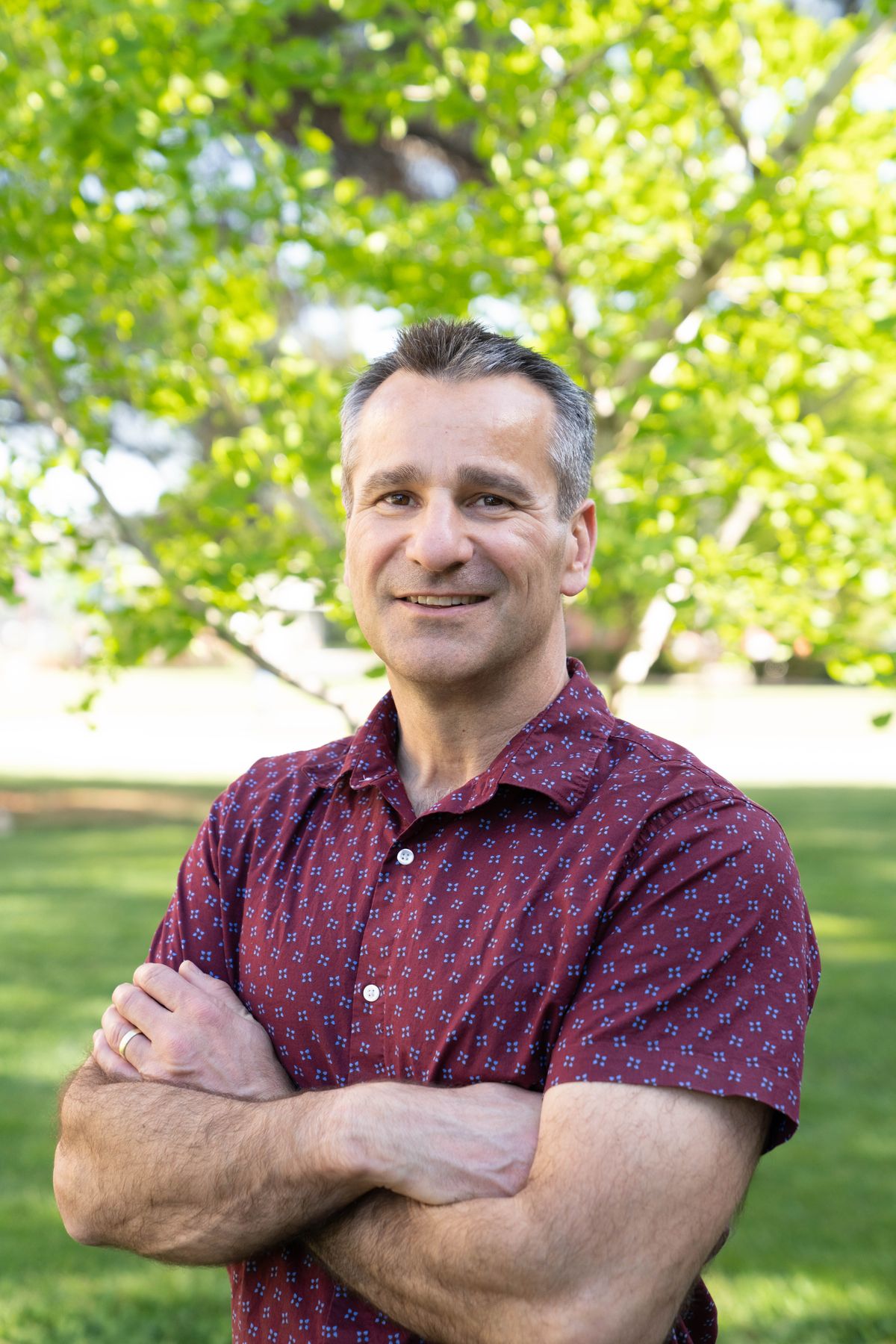Exercising ranks at the top of many New Year’s resolution lists. While sweating it out, one may wonder what happens inside the body during exercise. According to Keith Baar, a molecular exercise physiologist at the University of California, Davis, the way that people choose to exercise—huffing and puffing on a treadmill or lifting weights—affects how their muscles respond at the molecular level.

The molecular exercise physiologist Keith Baar studies how muscles change in response to different types of exercise.
Sasha Dmitriy Bakhter
When people undertake endurance training, such as running, one of the biggest changes in their muscles is an increase in the number of mitochondria, said Baar. “If we go through exercise that uses a lot of energy, our body responds by making more of the machines to make more energy.”
One key molecule that helps bump up mitochondria numbers is the peroxisome proliferator-activated receptor gamma coactivator 1 alpha (PGC-1α), a protein that binds to transcription factors and regulates the expression of many genes in the skeletal muscles of rodents and humans.1,2 Besides boosting mitochondrial mass,3 PGC-1α also increases the number of blood vessels in the muscles,4 improving the supply of nutrients and oxygen to keep cells working.
The molecular changes in response to strength exercise, such as lifting weights, are different. “With strength training, we increase the production of the proteins in our muscles by regulating their translation rates,” Baar explained. The mammalian target of rapamycin (mTOR) protein seems to play a central role in muscle growth.5,6 “It regulates anabolic processes, increasing protein synthesis and decreasing protein breakdown,” he said.
Building both endurance and strength simultaneously may be difficult, though, as the molecular adaptations induced by each type of exercise often counteract one another, Baar explained. “That’s why you never see a huge muscular person running a fast marathon.”
What makes you curious? Submit a question for us to answer in future “Just Curious” columns.
References
- Baar K, et al. FASEB J. 2002;16(14):1879-1886.
- Mahoney DJ, et al. FASEB J. 2005;19(11):1498-1500.
- Wu Z, et al. Cell. 1999;98(1):115-124.
- Chinsomboon J, et al. Proc Natl Acad Sci U S A. 2009;106(50):21401-21406.
- Dreyer HC, et al. J Physiol. 2006;576(Pt 2):613-624.
- Philp A, et al. J Appl Physiol (1985). 2011;110(2):561-568.
